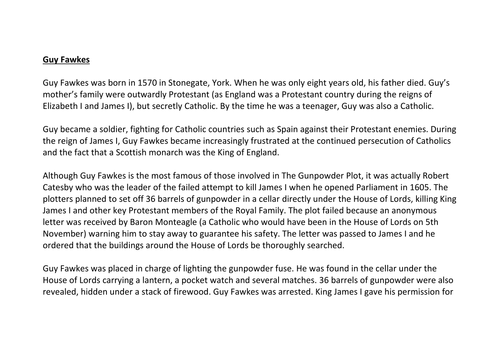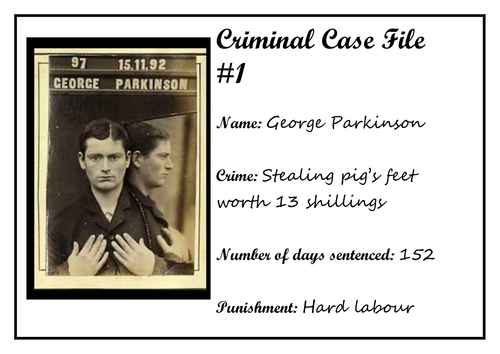
71Uploads
386k+Views
929k+Downloads
History

Hitler's Canary Supporting Non-Fiction Texts
A range of non-fiction resources to support understanding of key themes and events in Hitler's Canary by Sandi Toksvig.
The sets of questions named by the book's chapters are based on the book and not non-fiction texts.

Fagin's Gang Maths Problems
Cross Curricular Maths/History activity. Word problems involving the four operations.

Peloponnesian War Eyewitness Account/Recount (Soldier's Perspective)
A informal, 'chatty' eyewitness account of the Peloponnesian War. Suitable to use during a topic on The Ancient Greeks.
We used this as a Talk 4 Writing Text.

Criminal Case Division
A cross-curricular resource using real Victorian criminals based on their crime and their time!
Children have to use written methods of division to answer the questions ' Which criminal got the hardest sentence?'
-Or-
'How many days punishment did each crook get per shilling they stole?'
Formatted as posters to go up in the classroom so it can be quite an active activity.

The Battle of Thermopylae Comprehension Work
Focused on vocabulary and summarising texts
Linked to my Reading Roles (see my other TES resources)
Includes 4 different activities in a sequence
Questions are based on this text from The British Museum: http://www.ancientgreece.co.uk/war/story/sto_set.html

Castle Texts - poems and account of a siege (KS2)
The siege account provides two parallel accounts - one from someone inside the castle defending it, one from someone outside attacking.
One poem is by Alexander Anderson and has lots of great descriptive and figurative language to describe castles.
The other poem is by me and looks at a castle in three time periods - in a time of peace, in a time of conflict and in the modern day.

Victorian Crime Rates Data/Calculation Activity
A cross-curricular Maths and History (Crime and Punishment since 1066) activity based on crime rates in the Victorian times. Children will interpret the data, make a graph (bar or line) to represent the data then answer questions about the data.
There are three levels with the LA task using multiples of 1000, the MA task using mutliples of 100 and requiring a range of calculations to find what the data is to put on their graphs and the HA task using 4 digit numbers and again requiring a range of calculations to find what the data is to put on their graphs.








